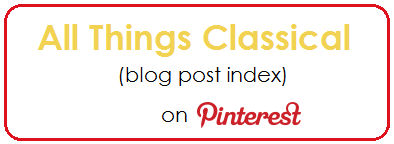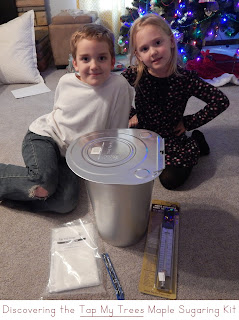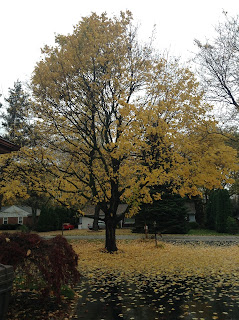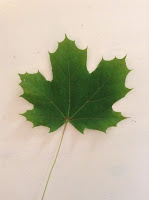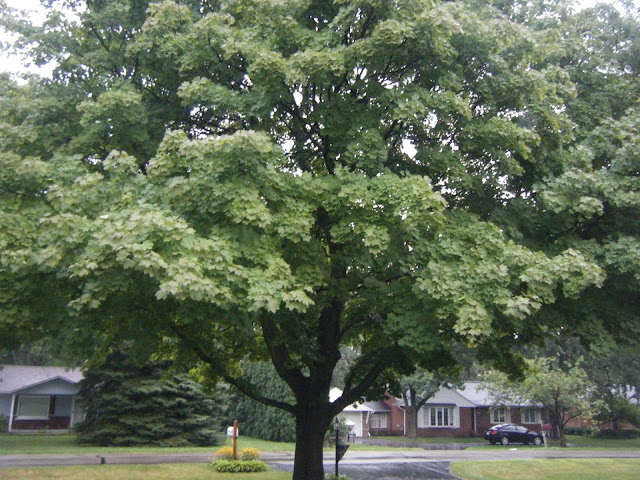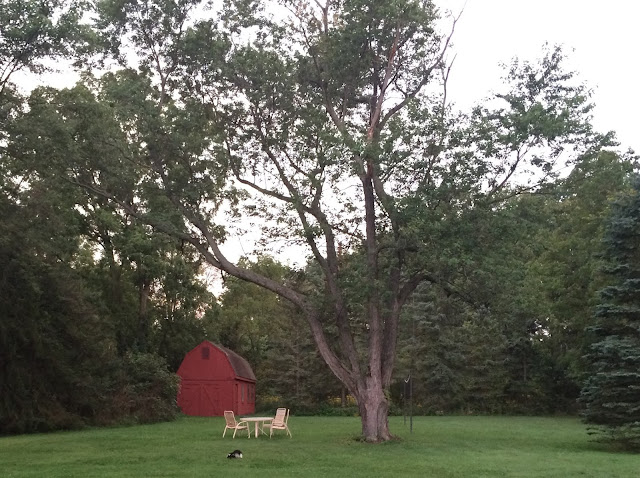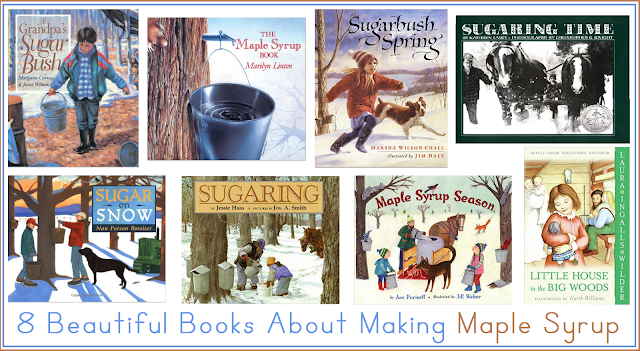

Welcome to another week of Trivium Tuesdays! For those of you who are new here today, this link-up is hosted by Living and Learning at Home (that's me!) and Classically Homeschooling and is aimed at encouraging and informing other homeschoolers who use the Classical model of teaching. Here we can share with each other and learn from one another.
Don't forget to follow my Pinterest boards that are a part of the All Things Classical List!
Also, please remember to only link up posts that have to do with homeschooling using the classical model of education. Thank you for understanding this link-up's theme.
We Choose Virtues Giveaway
 I have a special treat for you this New Year's week! A new year is a great time to look back and reevaluate. Something that I've been wanting to focus on is character in my family (myself included!) The beginning of the year is a great time to start something new, so a few week's ago I ordered the Parenting Cards from We Choose Virtues to help in this endeavor. So far my kids and I are really enjoying them.
I have a special treat for you this New Year's week! A new year is a great time to look back and reevaluate. Something that I've been wanting to focus on is character in my family (myself included!) The beginning of the year is a great time to start something new, so a few week's ago I ordered the Parenting Cards from We Choose Virtues to help in this endeavor. So far my kids and I are really enjoying them.
The good folks at We Choose Virtues kindly sent me the 100 Days of Virtues chart and are offering one to one of my readers as well! This chart works perfectly with their Parenting Cards, but can be used without them as well. Basically, you just 'catch' your child displaying one of the virtues on the chart and they get to put a sticker next to that virtue. I'm typically not a sticker chart kind of person, but my kids are really liking this motivation, so I'm liking it too!
The winner will receive 1 chart (11in x 17in)and 108 butterfly stickers. Please enter by using the Raffelcopter below!
a Rafflecopter giveaway
This Week's Link-Up
Here are the rules:
- Your post must have to do (in some way) with classical homeschooling (any age children).
- Your post may be from your archives as long as you only post it one time on this link-up.
- Please link to your direct post, not your blog in general.
- Please link back to this post in some way. You can use my Trivium Tuesdays button (found on my right sidebar) if you'd like so others can learn about this link-up! Button code: <ahref="http://www.livingandlearningathome.com/" target="_blank" title="Trivium Tuesdays"><img alt="Living and Learning at Home" src="https://blogger.googleusercontent.com/img/b/R29vZ2xl/AVvXsEj8bYsfMVF9tdI6haQLUiZ1rvZIf1kDaqnjHIOJA46X62tWXnlPDkU-5OqujsZyjoDp39J7dbhUx9CRFPyV991_BapG9dHciT8osyXwMtDtG6mV_TDyoECv_e5-oKFc2ZavhE4Ds9rj_8Kn/s1600/Trivium+Tuesdays+-+button.png"/></a>
- It may be helpful to state in your link description what stage of the trivium or what subject your post is about, if applicable, so others can easily find posts they are interested in looking at.
- Remember, everyone loves comments =) So don't be shy, and tell someone if you liked their post!
I reserve the right to remove any link-up that does not have to do with classical homeschooling.
If you are a regular here at Trivium Tuesdays and have something to share that is a little off topic, but still would be an encouragement to the readers here, please still share it =) I'm referring to people who are just trying to get their blog more exposure without following the rules above.
If you want to be reminded of this link-up each week, make sure to sign up below!

